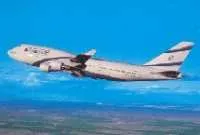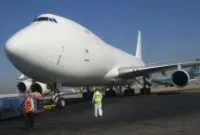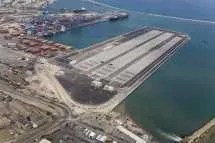The Haifa port company purchased the most advanced handling equipment, operating systems and technologies available in the world’s ports secstor
In compliance with the timetable established, works have been completed for the new Carmel Container Terminal in the Haifa port.
The Carmel terminal has a 700m main quay and a 250m secondary quay. Water depth at quay stands at 15.5m. The project included the construction of a specialized dangerous and hazardous stacking area, reefer racks, electrical substations and operational buildings.
The Haifa port company has purchased the most advanced handling equipment, operating systems and technologies available in the world’s ports sector. The Carmel Quay will be operated electronically by six 75-meter high SPP Ship-To-Shore gantry cranes, whichserve up to 18 rows of containers across the ship’s deck. Twelve electric (green) rail mounted gantry cranes (RMGs) will operate a container storage yard in the Carmel Terminal’s hinterland. The RMGs will be suitable for storing up to 11 containers by width and five containers by height between its supports.
The Carmel project was completed on-time and on-budget and was built based on the highest international standards in order to allow the terminal to accommodate super post-Panamax vessels.
The terminal provides an additional capacity of about 500 thousand box moves per year.
The construction works cost NIS 1 billion ($250m(.
Haifa’s Carmel Container Terminal inaugurated
The Haifa port company purchased the most advanced handling equipment, operating systems and technologies available in the world’s ports secstor
00:00 ,01.11.2010
-
Found it useful? Share
-
Share on Facebook
-
Share on X
-
Share on LinkedIn
-
Share via Email
-
Share on WhatsApp
-
Print Article
Related
 25.10.2010
25.10.2010
El Al: low cost London - Tel Aviv flights
 25.10.2010
25.10.2010
Customs duty on tomatoes abolished
 25.10.2010
25.10.2010
Israel and Georgia agreed to expand bilateral air traffic
 25.10.2010
25.10.2010
CBS forecasts: Israel's economy to grow 4% in 2010
 25.10.2010
25.10.2010
Yiftah Ron-Tal appointed IEC chairman
 25.10.2010
25.10.2010
Israel and Greece signed new aviation treaty


